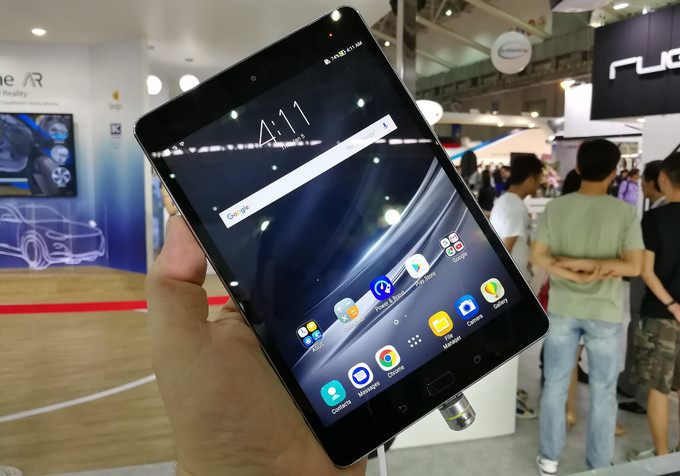

Ī free 2K code size limited version of the IDE is available that can be used to try the IDE to develop small projects, or for educational purposes, or for learning the features of the IDE.Uploading the executable code to the target processor via a development board or a programmer device Supports for hardware in-circuit debugger Supports for UDP, UART, and HID terminals Supports for bitmap editor and 7-segment LED editor Supports for Library Manager, Interrupt Assistant, Project Explorer, Quick Converter Supports for LCD, GLCD, and TFT graphics Supports for FreeRTOS real-time multitasking kernel Ĭ type compiler, developed for embedded design.Supports for over 1200 library functions Supports for Cortex-M0, M0+, M4, and M7 microcontrollers Supports for over 1300 types of ARM-based processors
#MIKROELEKTRONIKA VISUAL TFT USER MANUAL PRO#
MikroC Pro for ARM is a professional IDE developed by mikroElektronika ( This IDE supports almost all types of Cortex-based ARM microcontrollers and it has the following features:

Another project describes in detail how the movements as well as the lights of the robot can be controlled remotely using radiofrequency (RF) transmitter/receiver modules by entering commands from a PC keyboard. A project is given with complete program listing to show how a multitasking FreeRTOS-based obstacle avoiding robot can be developed using various sensors and a buzzer. The Clicker 2 for STM32 development board is used in all the projects.

This chapter describes the basic parts of the robot and gives several projects to show how the lights and the motors can easily be controlled. Users can develop programs to control all the lights and the motors of the robot. The robot is like a real car, having head lights, brake lights, and signal turning lights. Dogan Ibrahim, in Arm-Based Microcontroller Multitasking Projects, 2021 Abstractīuggy is a four-wheeled mobile robot developed by mikroElektronika for use mainly in educational establishments to teach the principles of robotic applications.


 0 kommentar(er)
0 kommentar(er)
